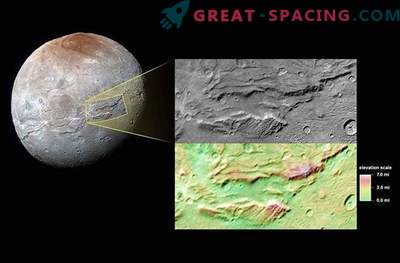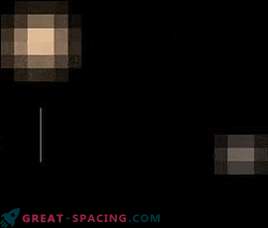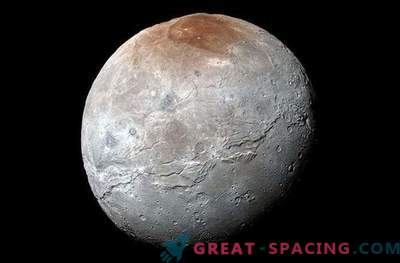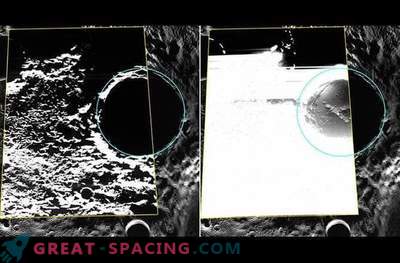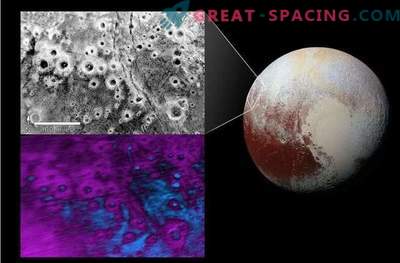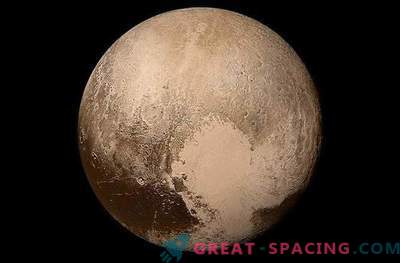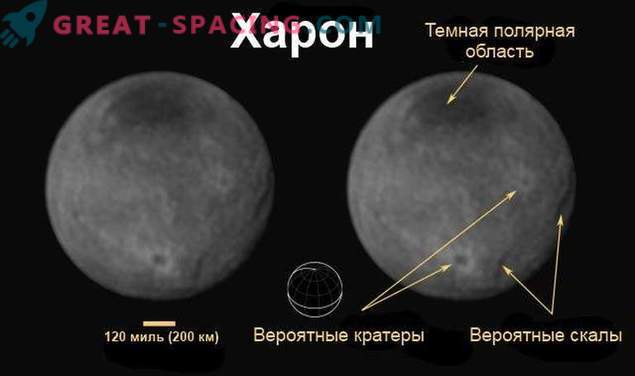
The newest images from the spacecraft New Horizons reveal the world of the abysses and craters of Charon - the largest satellite of Pluto. The brightest trough seen in the southern hemisphere is a full mile deeper than the Grand Canyon, says William McKinnon, deputy lead scientist for geology and geophysics of the New Horizons team.
"This is the first clear evidence of faults and irregularities on the surface of Charon," said McKinnon, of the University of Washington at St. Louis. "New Horizons changed our views on this distant satellite. From an almost faceless piece of ice, it turned into a world where much geological activity is taking place."
The largest crater, which immediately catches the eye near the satellite's south pole, in the image taken on July 11, is 60 miles across. The brightness of the rays of the material that emanate from it makes it possible to assume that it was formed relatively recently, due to a collision with a small Kuiper Belt object (DIC) sometime during the last billion years. McKinnon says that the darkness of the crater looks particularly strange. One explanation is that he exposed another type of material that is different from the reflective ice lying on the surface. Another theory suggests that the ice in the crater is the same as on the entire satellite, but its grain size is larger. Because of this, less sunlight is reflected and the area of the depression appears darker. The impact of the cosmic body provoked the melting of ice, and then it froze again into larger grains.
An incomprehensible dark region in the north of Charon has about 100 km. in length. Scientists hope that the new images that will be obtained at the time of closest approach to the satellite will shed light on this anomaly.

